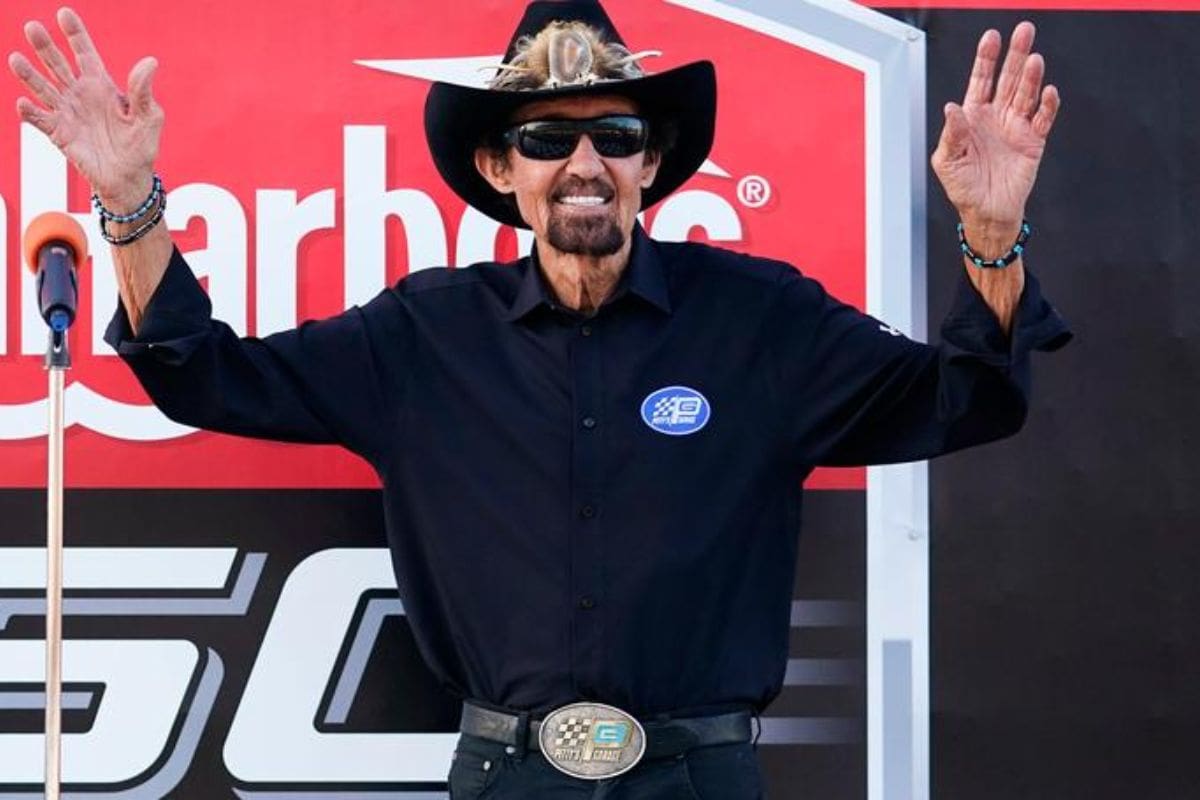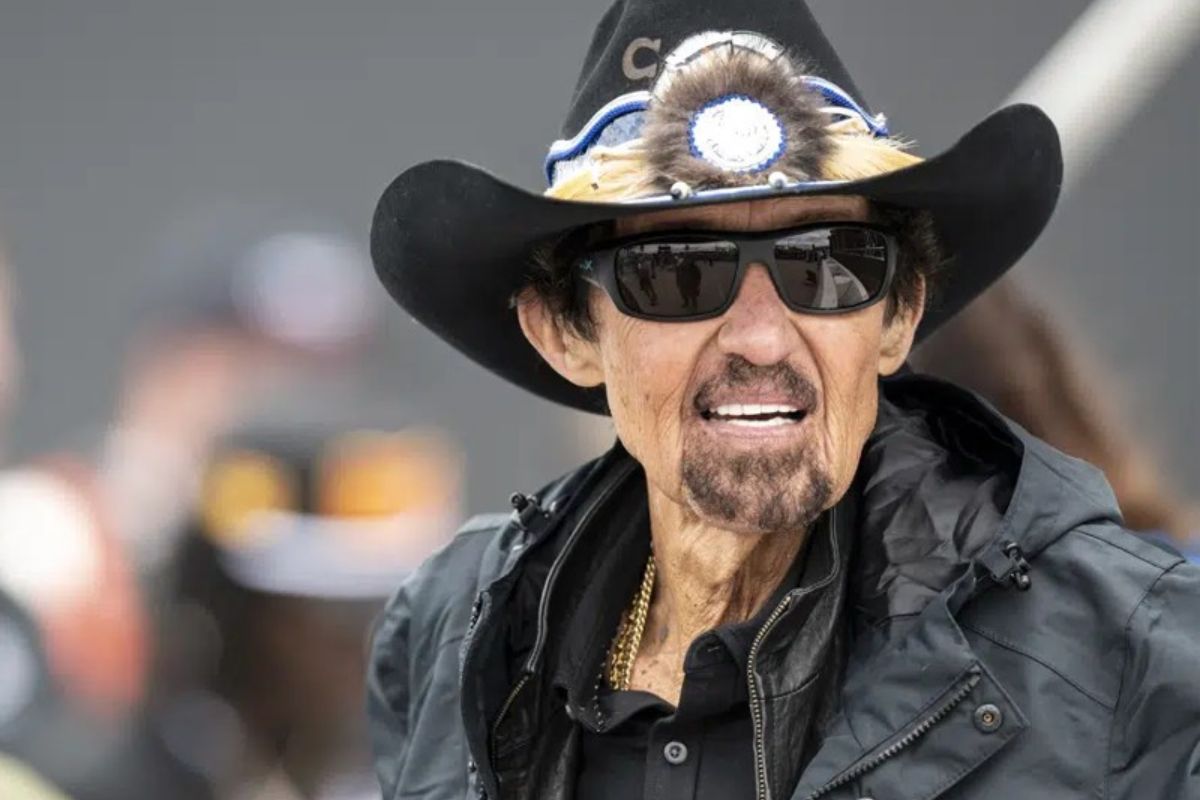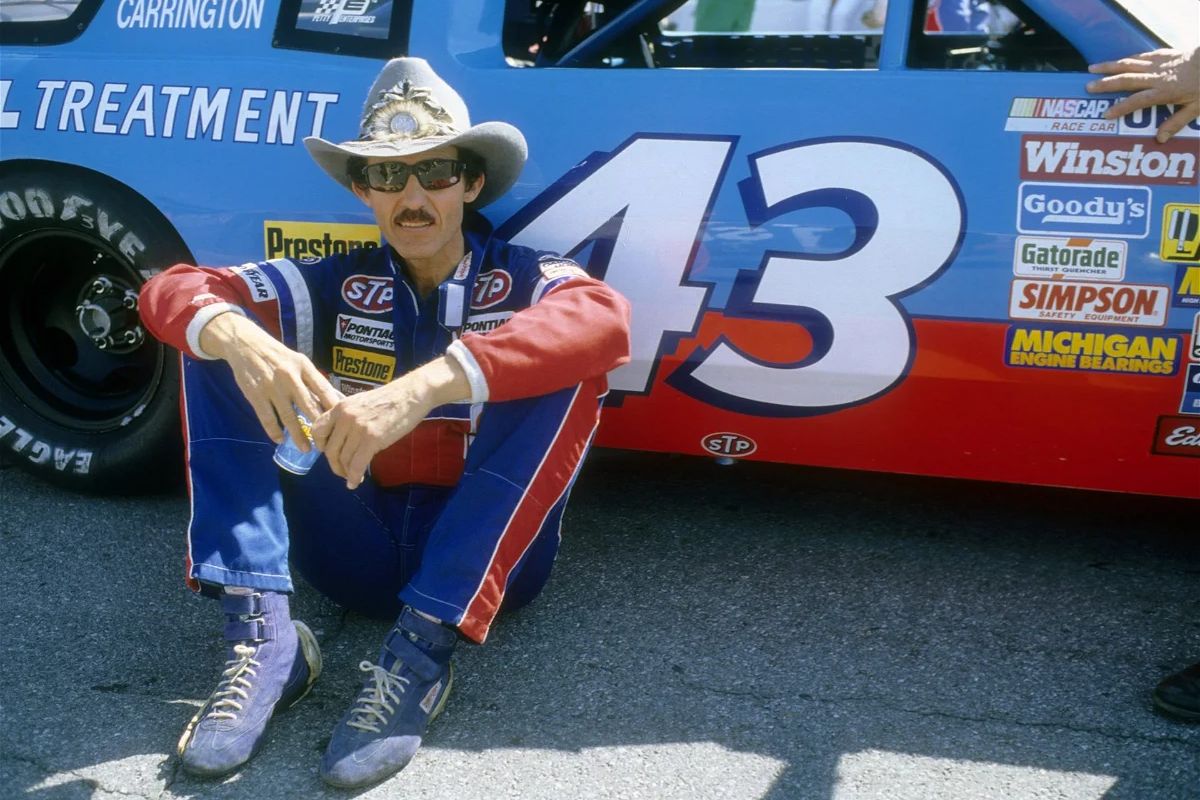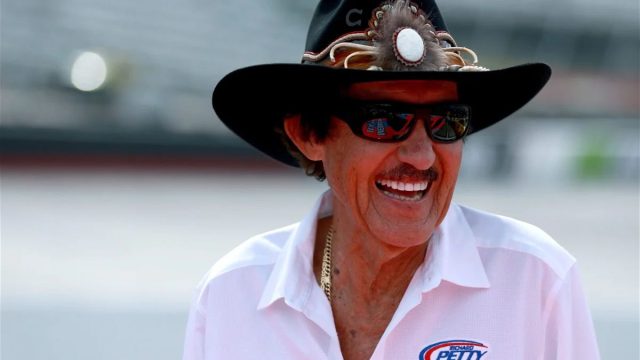Richard Petty on Darlington’s Legacy: Richard Petty’s reflections on Darlington Raceway, famously dubbed ‘The Track Too Tough to Tame’, represent the profound respect and wariness that even seasoned drivers hold towards this iconic circuit. His career, punctuated with spectacular victories and challenging races at Darlington, offers a thorough exploration into the complexities and unique demands of the track. Known for its abrasive surface and the notorious ‘Darlington Stripe’, drivers must exhibit not only exceptional skill but also strategic expertise to conquer it. As Petty unfolds his experiences and tactical approaches, one wonders how modern racers adapt to the evolving challenges of this historic track.
Key Takeaways
- Richard Petty recognizes Darlington as a pivotal track in NASCAR, challenging even for seasoned drivers.
- He views Darlington’s difficulty as central to its legendary status in racing history.
- Petty admires the track for its unique layout, particularly the demanding turns that require precise navigation.
- Despite his own struggles at Darlington, Petty respects its role in testing the limits of cars and drivers.
- He acknowledges the tradition of “earning stripes” as a badge of honor bestowed by the track’s notorious walls.
Darlington Raceway
Why has Darlington Raceway earned its formidable reputation as the ‘Track Too Tough to Tame? The answer lies in the combination of unique architectural quirks and historical intense competition that have shaped its history.
The track’s distinctive oval egg-shaped layout, necessitated by the terrain it was built on, creates asymmetrically challenging turns that test even the most skilled drivers. Turn 2, famously tighter and more treacherous than its counterpart, offers a prime example of the Darlington challenges that can make or break a race.
This physical complexity sets the stage for intense competition, as drivers must constantly adapt their strategies to the shifting demands of the track. The combination of maintaining pace and preserving vehicle integrity under such conditions is a spectacle of human skills and engineering might. This intensity is further amplified by the historical driver rivalries that have played out on this stage.
In NASCAR racing, there are some drivers who’ve won a lot. Like Erik Jones, who’s won twice, and Denny Hamlin, who’s grabbed four wins. But if we look way back, there’s Jeff Gordon, a legend with seven wins. Yet, nobody’s come close to David Pearson, who’s won a whopping ten times.

Darlington’s Historic Significance
Darlington Raceway, established in 1950, stands as a significant monument in NASCAR’s history, representing the evolution of motor racing from its starting stages to the present day. Its inception marked a crucial point, setting the stage for what would become a series of iconic races. This challenging track, known for its unique, egg-shaped design, has not only tested the mettle of legendary drivers but has also been the backdrop for some of NASCAR’s most memorable moments.
The historic significance of Darlington Raceway is deeply entrenched in its reputation as a racetrack where the smallest errors can lead to severe consequences. This unforgiving nature has earned it the moniker ‘The Track Too Tough to Tame’. Over the decades, Darlington has been a critical fixture in the racing calendar, initially overshadowing even the Daytona 500 with regards to prestige. It was here that racing strategies evolved as competitors learned to navigate its treacherous turns and high-speed straights.
Legendary drivers have left their mark on this storied track, each adding to its history with thrilling victories and heartbreaking defeats. The raceway has not only been a test of skills and endurance but also a maker of legends, contributing to the mystique that surrounds names like Petty, who himself clinched three significant wins at Darlington in a span of two years.
Richard Petty’s Perspective on Darlington
Reflecting on the challenges and allure of Darlington Raceway, Richard Petty shared his unique insights, highlighting the track’s demanding nature and its impact on drivers and their vehicles. Known as a venue that every racer aspires to conquer, similar to the prestige of winning the Daytona 500, Darlington holds a special place in the records of racing. According to Petty, the track’s allure stems not just from its glorious history but from its relentless challenge, which tests the mettle of even the most legendary drivers.
“So you got to look at Darlington. That was the first superspeedway that Cup started running. The deal was that, it was the biggest race of the year. So like what Daytona is now, it was then. Anybody you talk to in racing, they want to win Darlington. They want to win Daytona, naturally, but Darlington is probably next on their list. Just because it’s such a tough race track. I ran down there for years and years, finally won three races in two years.” – (Richard)
Petty’s challenges at Darlington were multifaceted. He admired the track for its compatibility with his driving style, yet acknowledged the frequent misfortunes that befell him there. The track’s notorious reputation for being tough on cars and drivers resonates with Petty’s experiences of mechanical failures and tactical missteps. He highlighted how the evolving track conditions demanded constant adaptation in racing strategy, a reflection of the track’s dynamic and unforgiving nature.
“None before that or none after, but I always liked Darlington. It suited me, the way I drove. I just didn’t have a lot of good luck there. Again, it was so demanding, not just on the driver, but it was demanding on the car. The grooves changed as cars changed, so they went into completely different grooves now than what we’re used to run. Just because of the way the cars are, so people had to learn the race track. Then they got to learn the cars that fit that race track.” – (Richard)
Richard Petty was sharing his thoughts on Darlington, saying it’s a race every driver dreams of winning. He compared it to big races like the Daytona 500. He admitted his fondness for the track because it matched his driving style. But, Petty revealed, bad luck often dashed his hopes of winning.

The Origin of “The Lady in Black” Nickname
The fascinating nickname ‘The Lady in Black’ for Darlington Raceway was initially coined by sports editor Benny Phillips in 1965, capturing the track’s mysterious and challenging nature. This moniker not only emphasizes the dark asphalt that dresses the raceway but also highlights the mystique that surrounds one of NASCAR’s most storied tracks.
Darlington stands as a cornerstone in the history of motorsports, having tested racing legends since its inception in 1950. The track’s reputation for toughness is not simply a result of its physical layout but also the strategic complexities it imposes on competitors. Each curve and straightaway tells a tale of battles fought, strategies devised, and legends made.
Track conditions play a significant role in why Darlington has earned such a fierce nickname. Traditionally, the night before the races, the maintenance crew would apply a fresh layer of asphalt, leading to a slick, treacherous surface come race day. This not only heightens the track’s challenging persona but also raises the bar for racing challenges, testing the mettle of seasoned veterans and rookies in equal measure.
The Tradition of “Earning Stripes” at Darlington
Building on its iconic status, Darlington Raceway also fosters a unique competitive tradition known as ‘earning stripes,’ where drivers push their limits against the track’s notorious walls. This practice not only tests the mettle of each racer but also adds respect and tradition to the already challenging circuit. When drivers skillfully navigate their cars so close to the wall that they leave tire marks, it becomes a visible proof of their aggressive pursuit of victory and precision under stress.
- Badge of Honor: Leaving wall marks at Darlington is seen as a badge of honor among drivers. It signifies that they have mastered the track’s tight confines and are competing with the necessary intensity to win.
- Test of Skill: The act of earning stripes is a direct test of driver skill. It requires precise car control and nerves of steel to race at such close quarters to the walls without causing a wreck.
- Race Intensity: This tradition highlights the high-intensity nature of races at Darlington. Drivers are pushed to their limits, and the stakes are visually marked by the scars left on the walls.
- Legacy and Respect: Young drivers learn quickly that earning their stripes is part of the legacy of Darlington. It is a physical manifestation of respect for the track’s challenges and history.

News in Brief: Richard Petty on Darlington’s Legacy
Darlington Raceway stands as a monumental challenge in NASCAR, embodying a rich historical and cultural significance. Richard Petty’s experiences highlight its reputation as a track that demands utmost skills and resilience.
The moniker ‘The Lady in Black’ and the tradition of ‘earning stripes’ further enrich its lore, symbolizing the rigorous tests it imposes on even the most seasoned drivers.
Therefore, Darlington remains a important symbol of the relentless pursuit of excellence in motorsports.
Our Reader’s Queries
Q: What track did Richard Petty win the most at?
A: In February at Daytona International Speedway, Petty embarked on a lifelong journey with NASCAR’s iconic venue, securing the first of his seven Daytona 500 victories. Commanding the race, Petty led an unprecedented 184 laps out of 200, triumphantly crossing the finish line ahead of Jimmy Pardue by over a lap’s margin.
Q: Why is Richard Petty called the king?
A: Richard Petty’s moniker, “The King,” is not just a title; it’s a testament to his unparalleled legacy. As the epitome of racing greatness, Petty stands as the pinnacle of respect and achievement in motorsports. A scion of racing royalty, he transcended expectations, setting the bar for excellence in both the Stock/Grand National Era and the NASCAR Winston Cup Series.
Also Read: Richard Petty Passes Torch to Jimmie Johnson Due to Logistics
